Do you have standing water in your yard after a rainstorm? Does your basement flood every time it rains heavily? If so, you may need to consider installing a drainage system on your property. While it may seem like a big project, understanding the costs and what to expect can help you make an informed decision.
First and foremost, it’s important to assess the extent of the drainage issue on your property. Is the problem localized to one area or is it affecting the entire property? Are there any existing drainage systems in place that need to be repaired or replaced? These are important factors to consider as they will impact the overall cost of the installation.
Once you have a clear understanding of the drainage issues on your property, the next step is to determine the type of drainage system that will best suit your needs. There are several options available, including French drains, surface drains, and sump pumps. Each type of drainage system has its own pros and cons, so it’s important to do your research and consult with a professional before making a decision.
The cost of installing a drainage system can vary depending on several factors, including the size of your property, the extent of the drainage issue, and the type of drainage system you choose. On average, homeowners can expect to pay anywhere from $1,000 to $5,000 for a basic drainage system installation. However, this cost can increase significantly if there are additional factors to consider, such as the need for excavation or the installation of multiple drainage systems.
In addition to the initial installation costs, it’s important to factor in ongoing maintenance and upkeep expenses. While a properly installed drainage system can help prevent water damage and flooding, it will require regular maintenance to ensure it functions properly. This may include cleaning out gutters and downspouts, inspecting and repairing any damage to the system, and ensuring that drainage outlets are clear of debris.
It’s also important to consider the long-term benefits of installing a drainage system on your property. In addition to preventing water damage and flooding, a well-functioning drainage system can help improve the overall health of your lawn and landscaping. By directing water away from your property, you can prevent soil erosion, waterlogging, and the growth of mold and mildew. This can help preserve the value of your property and create a healthier environment for you and your family.
When considering the cost of drainage installation, it’s important to remember that this is an investment in the long-term health and value of your property. While the initial costs may seem daunting, the benefits of a properly installed drainage system far outweigh the expense. By taking the time to assess your drainage issues, research your options, and consult with a professional, you can ensure that you are making the best decision for your property and your budget.
In conclusion, calculating the cost of drainage installation can be a complex process, but with the right information and guidance, you can make an informed decision that will protect your property and provide peace of mind for years to come. Remember to consider the extent of the drainage issue, the type of drainage system needed, ongoing maintenance expenses, and the long-term benefits of investing in a properly functioning drainage system. By taking these factors into account, you can ensure that you are prepared for the costs and what to expect when it comes to drainage installation.



